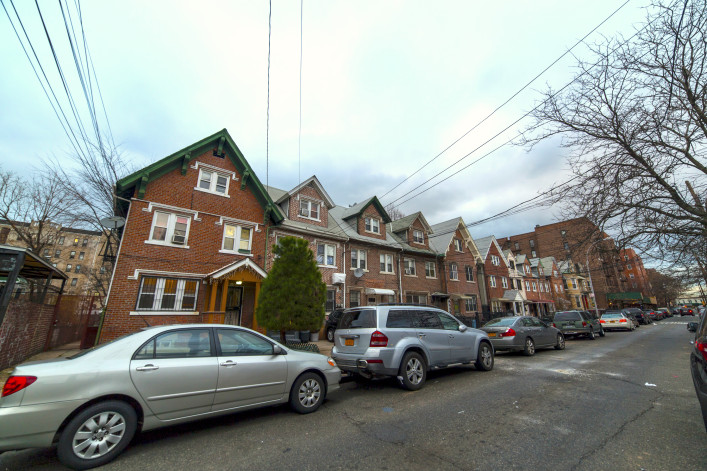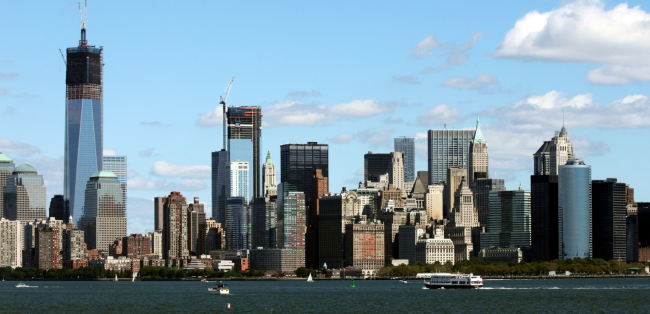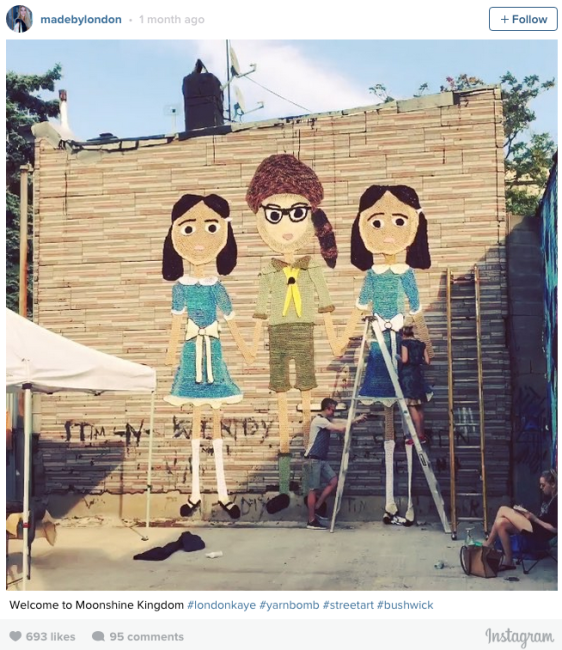On gentrification: A Queens local reflects on LeFrak City, Elmhurst, and her rapidly changing borough

Ithaca Street in Elmhurst, Queens. (Photo: sx70/iStock)
A few months ago, a link came across my Facebook newsfeed as a suggested article I might want to read: “Inside LeFrak City, a mega-rental community in Queens with affordable apartments.” The word "affordable" jumped at me. Affordable for whom?
(Editor's note: A reader alerted us to a Facebook post that Tahia wrote in response to our article, and we invited her to share her thoughts with other Brick readers on the changes that are happening in her Queens neighborhood.)
I grew up in LeFrak’s larger community—Elmhurst, Queens—and a few years ago, my family moved near Astoria for various reasons, like outgrowing the two-bedroom apartment that saw consistent rent hikes. I attended Elmhurst’s elementary and middle schools, had a culture-shock stint of high school in a specialized downtown Manhattan high school (it had escalators, a pool, and students living in brownstones throughout the city), and then returned to Elmhurst after graduation to work with students in an under-performing local high school. I have also lived in Greenwich Village and in the East Village in college housing—an expensive phenomenon unto itself.
So, as a young, peripatetic native New Yorker, I’m exceptionally privy to the nuances of change in neighborhoods that I frequent: an Instagram-famous coffee shop on a corner in Greenpoint that wasn't there two years prior, the mammoth re-landscaping of industrial truck yards in Bushwick that now house DJ sets and art studios. I've been a consumer of hotspots in the Lower East Side and Williamsburg that I happily took the hour-long train ride from Queens to visit and enjoy. Afterward, I’d return to my personal serenity of bodega coffees and women in salwar kameez pushing laundry carts down the streets of Queens.
I’m content with the commute from unchartered to chartered territories. When unchartered, eats are cheap, small businesses intact, and ethnic culture alive. In my eyes, areas such as Brooklyn, Harlem, and the LES had all that but have been attacked, transformed, gentrified, rebuilt. They've become Streeteasy searches for those looking for “cheap rent” when initially moving to the city.
I have seen what was a small, family-run hair salon in Chinatown turn into a food photography haven for matcha lattes and grass-fed butter coffee. In Greenpoint, a Polish bread shop my elementary school teacher frequented and treated my class to on birthdays has been replaced by an expensive health food store. In the past two years, the halal butcher shop immediately next to the bedroom window of my childhood apartment is now a bar with upholstered furniture and craft beer.
Yet, when my closest friends and now my life, are in Chinatown, Bushwick, and Harlem, I somewhat guiltily but happily consume the vegan restaurants and bottomless brunches. As a young person, these things appeal to me, but I can’t have a night out without thinking how my presence on this neighborhood block is potentially disruptive to locals. Was my money well spent at a small establishment run by locals, or was I at a brick-and-mortar café with overpriced coffee listed on Buzzfeed?
Though Astoria and Long Island City have been slightly transformed by the departure of pushed-out families and hiked-up rents to accommodate the young professionals moving in that still want “diversity and cheap eats,” I wish to believe Elmhurst is mostly untouched (though, there was a reason my family had to move from our 2-bedroom apartment). So of course, an article highlighting the virtues of living in LeFrak with this particular bullet point—"5. This isn't brownstone Brooklyn, but you'll still have restaurants nearby”—was infuriating.
We are not, and do not need to be, the “new Brooklyn.” My main qualm was that the article seemed to be speaking to an audience that didn't know my Elmhurst.
What is Elmhurst? Ethnically diverse, family-driven, working class and, most importantly, decently affordable. My Elmhurst is where delicious family-run bakeries and restaurants with fair prices to match the budgets of residents have not been uprooted to make room for a Le Pain Quotidien or an expensive farm-to-table brunch spot. That is what makes our neighborhood special and habitable, not the Shake Shack newly added to the Queens Center Mall. If I want that, I’ll go to downtown Manhattan.
Elmhurst is where I can walk down the street and see Ecuadorians, Bangladeshis, Tibetans, Koreans, Mexicans, Colombians, and Chinese all co-exist and share in the solidarity that all of our parents are giving us the best possible lives as dishwashers, waiters, taxi cab drivers, hotel cleaning staff, receptionists, and cashiers, and get to watch us first-generation kids graduate high school, college, build careers and roots in this treacherous city we all call home.
LeFrak apartments are affordable for the decades of immigrant families that come to settle in Queens with nothing in their pockets but the American Dream.
Those who see LeFrak City and Elmhurst as the next up-and-coming place to live that might soon approximate the "cool" spots of Brooklyn or Harlem have a $40,000-plus a year salary definition of affordable. But my neighborhood is more than that. It is a nuanced, established community for the many family members, classmates, childhood friends, and the students I have worked with at our local high school. I have experienced, and know of, LeFrak apartments with two bedrooms housing upwards of six-person families, including abuela and dadi, and remain open-armed to all the relatives from home that come to visit for weeks at a time.
However, gentrification and change to a neighborhood can come with positives. In some neighborhoods with scarce food options, once real estate brings in a different socioeconomic class, much-needed grocery stores have popped up. The Starbucks that opened a few years ago on Queens Boulevard has served as an adequate study spot, meeting place, and break from work at the high school. I’m still in search of an independently run or used bookstore in Elmhurst as the library is being renovated. I see small yoga studios and dance classes now offer fitness options (for example, the article mentions Zumba at LeFrak City). Still, who would these exercise classes cater to if the demographics of LeFrak City changes? Are they meant to appeal to neighborhood locals?
Here's what I'd like to know: How can these new changes appropriately include the already existing community rather than only accommodate the newly moved in? I am ready to embrace newcomers if they arrive with an awareness of the community around them, not expecting the neighborhood to change for them.
Tahia Islam is a student passionate about NYC politics, national service, and conscious consumerism.
You Might Also Like
























